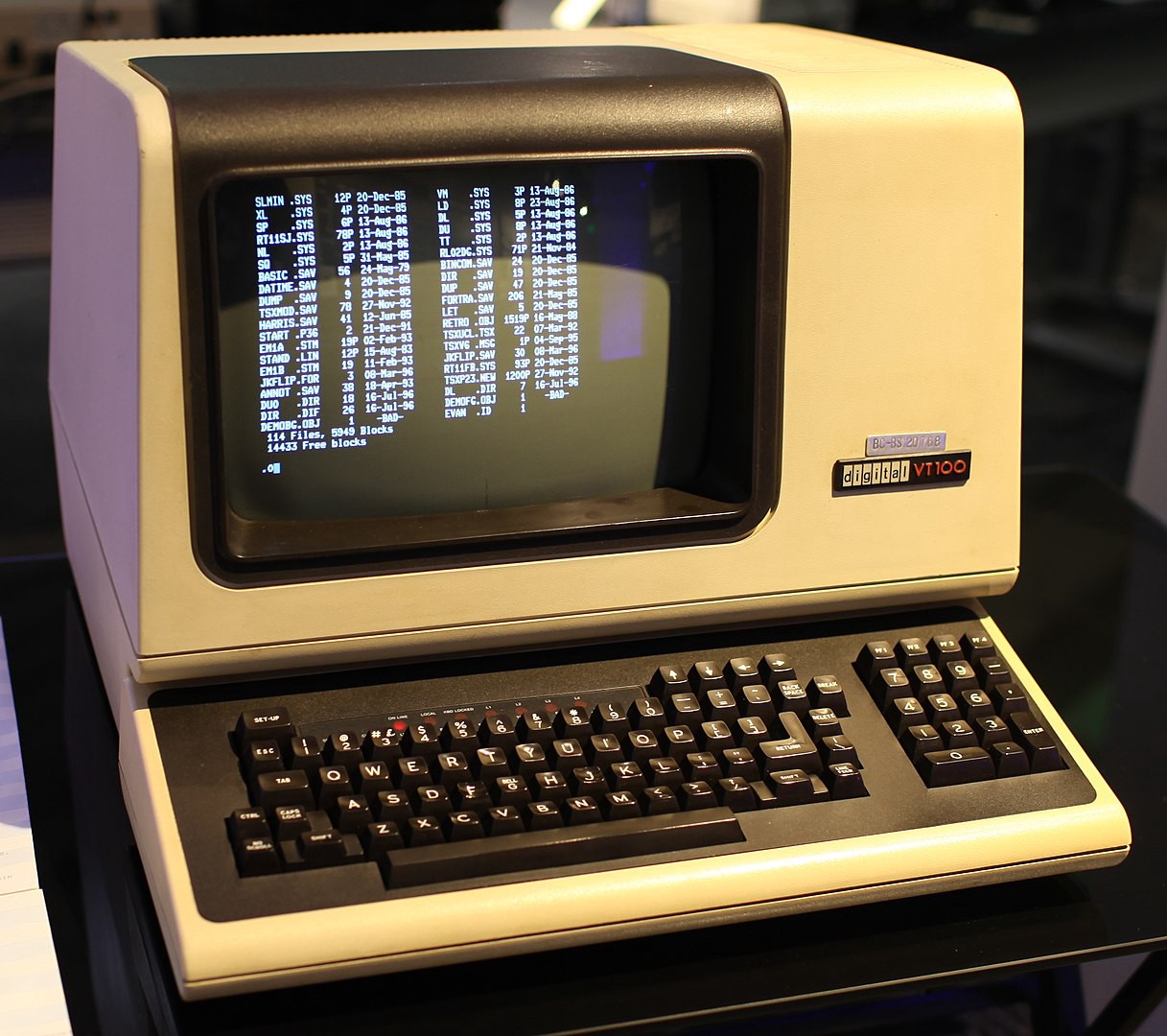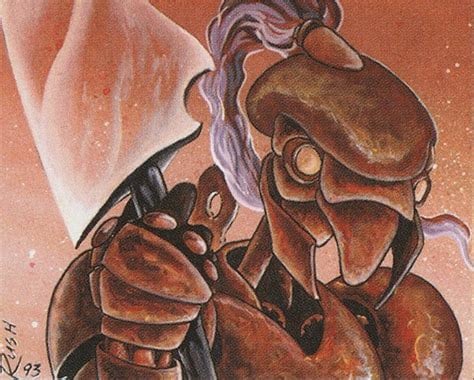Books with white pages don’t emit light, a screen with white backgrounds does
It’s like staring into a lamp.
It literally is.
I’ve been reading a dark mode book on an OLED screen and it’s such a treat. The background is pitch black but I crank the brightness up so there is a high contrast and the white letters look really sharp. It actually makes it easier to read
Yep. And a soft, warm desk lamp is a lot easier in a dark room that a bright white one.
Unless it’s an e-ink screen… then, it doesn’t emit light
And these also don’t need a dark mode.
White paper and black text is the norm because until relatively recently, it was much more cost effective… This could be done cheaply with modern tech, and should 100% be a thing…
I’d buy the hell out of dark mode books.
That question was just as stupid as that “you wouldn’t download a car” ad. Hell yeah, I would! And read dark mode books!
At this point I can’t even remember what was actually in that ad and what was in the IT Crowd bit and memes making fun of it.
Its context was that it was a plea from media companies to stop pirating movies/music. Its more “You wouldn’t steal a car, well downloading pirated content is the same”
Ot played during movie previews
I was in college for Computer Science when these ads must have just started because in a Computer Ethics class, I remember the teacher actually using “you wouldn’t download a car, would you” argument.
I recall answering… “Would the original owner still have their copy? Yes? Then yes, yes I would download a car.” The teacher did not like me.
Pedantic as hell but justified, I like you.
I was going to say “but that uses dye” and then I realized we use a bunch of chemicals to bleach pages white anyway.
Though, you’d imagine that they would essentially need to bleach the pages then dye it…
It wouldn’t be great to start requiring more resources to create pages.
Bleaching is to mainly remove tannins, to make the paper white, and to stay white over time. It also makes the paper better able to absorb and retain ink. You don’t need any of those properties if you’re printing in white, because you can’t use absorbent type ink in something like this, it won’t show well. You could dye in lieu of bleaching (and this might be cheaper actually).
Printing the text is the challenge. The ink has to be on the paper instead of in the paper… The methods required to do that and come up with a quality product have existed for a very long time, but they’d be methods used to create high end things like wedding invitations and greeting cards and not bulk products like books. I believe the first tech that could do this economically at scale was the photocopier (maybe mimeograph?), which basically melts plastic onto the surface, and could apply clear white text onto black paper as easily as black on white.
I would imagine though, that the tech that could do this in the most economically viable way, would be to ablate the text in with lasers, similar to thermal printing. That would actually reduce the consumables used, maybe even by a lot. likely would overall entail much less hazardous/caustic consumables too… Dark mode printing could possibly be incredibly “green” :)
The image is from this website: https://www.monochromebooks.com
Limited edition of 999 hand-numbered copies
But I want it!
Books don’t light up. They reflect light, but it’s different. Light mode is like staring into a flashlight, almost literally.
Remember that in the beginning of computer era there was no dark mode, it was just called a display:










